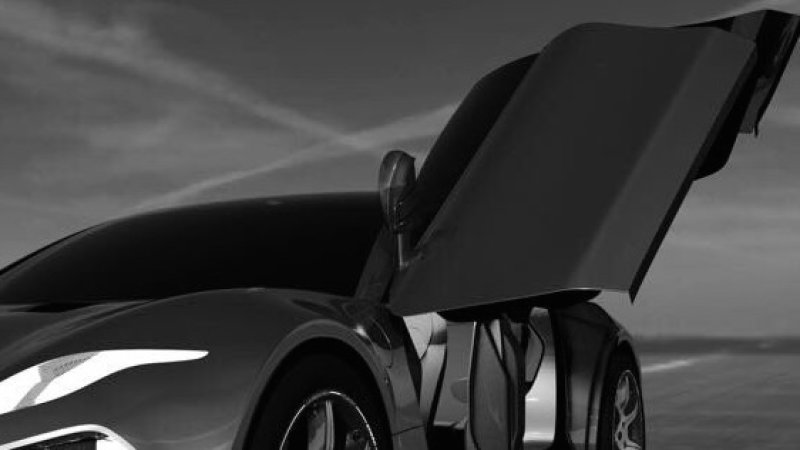

Not so long ago, auto manufacturer Fisker was touting its next-generation battery technology in its upcoming luxury sedan, the EMotion. But only days after a pre-debut teaser was dropped, the company’s founder, Henrik Fisker, took to Facebook to announce that the vehicle would instead ship with Lithium-Ion battery cells. Despite the change, the company still promises quite the range increase over any existing electric sedan available on the market.
The EMotion was previously said to use a new form of solid state power storage with supercapacitors instead of existing technology which relies on multiple chemical-based cells. Currently, a Lithium-Ion battery stores its charge in the form of chemical energy. When power is requested from the cell, a reaction occurs within the cell that produces electricity and heat as a byproduct.

Like many who are largely unimpressed by the current state of EV battery charging requirements, Fisker was then set on developing a quicker, more efficient way to charge batteries to allow for faster charging. His idea was to use high-capacity supercapacitors to store energy. In electronics, a supercapacitor allows for a quick charge and is able to release short bursts of stabilized power. But it wasn’t Fisker who initially had this idea for automotives. In 2013, Toyota teased a concept for the Yaris R which featured regenerative braking and supercapacitors attached to three electric motors.
Should Fisker perfect the supercapacitor-based battery system it could revolutionize the way that electric cars charge and travel. It was estimated that a full charge would only take nine minutes, much quicker than the current generation Superchargers, despite Tesla looking for ways to improve charging speeds.